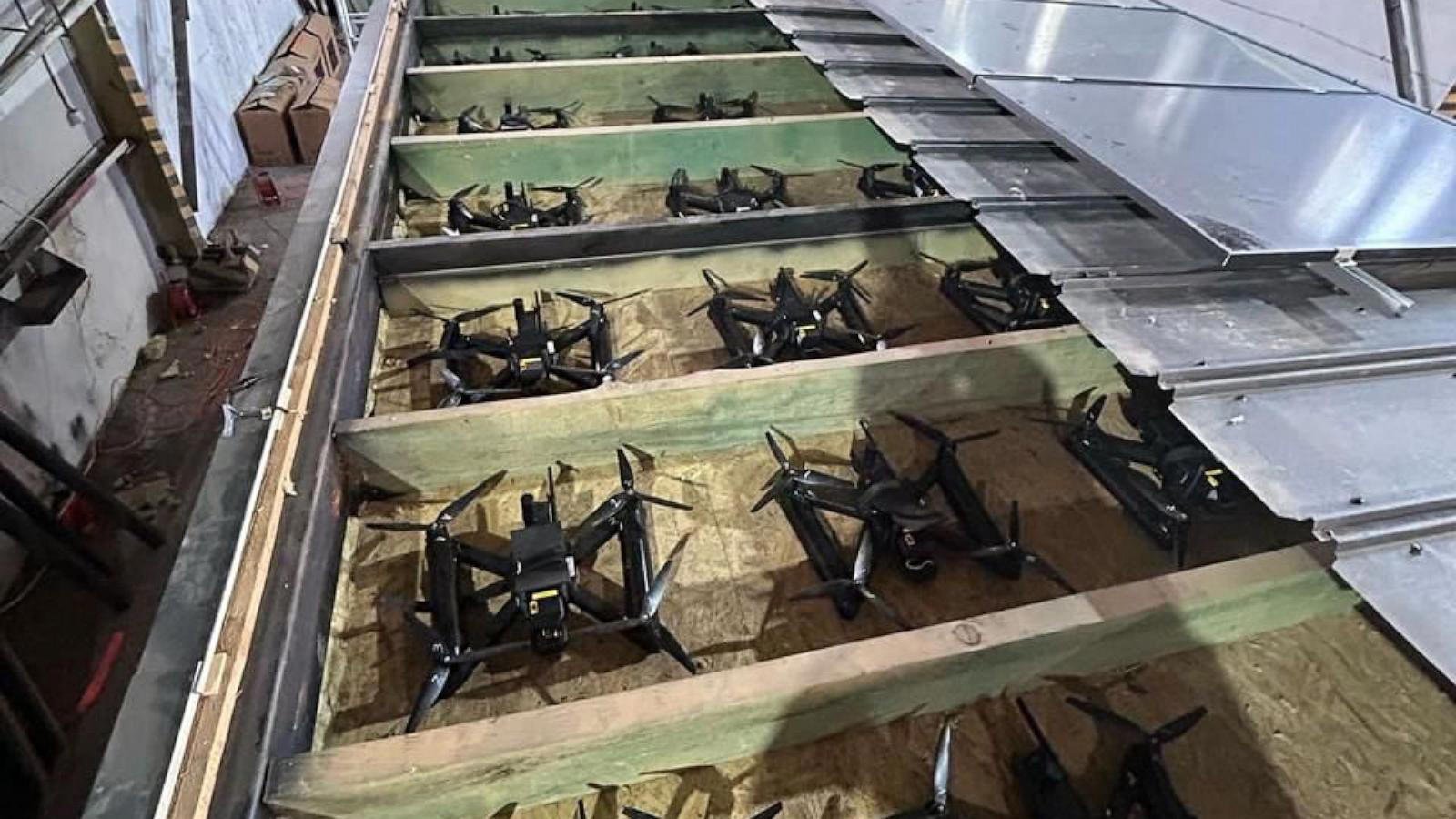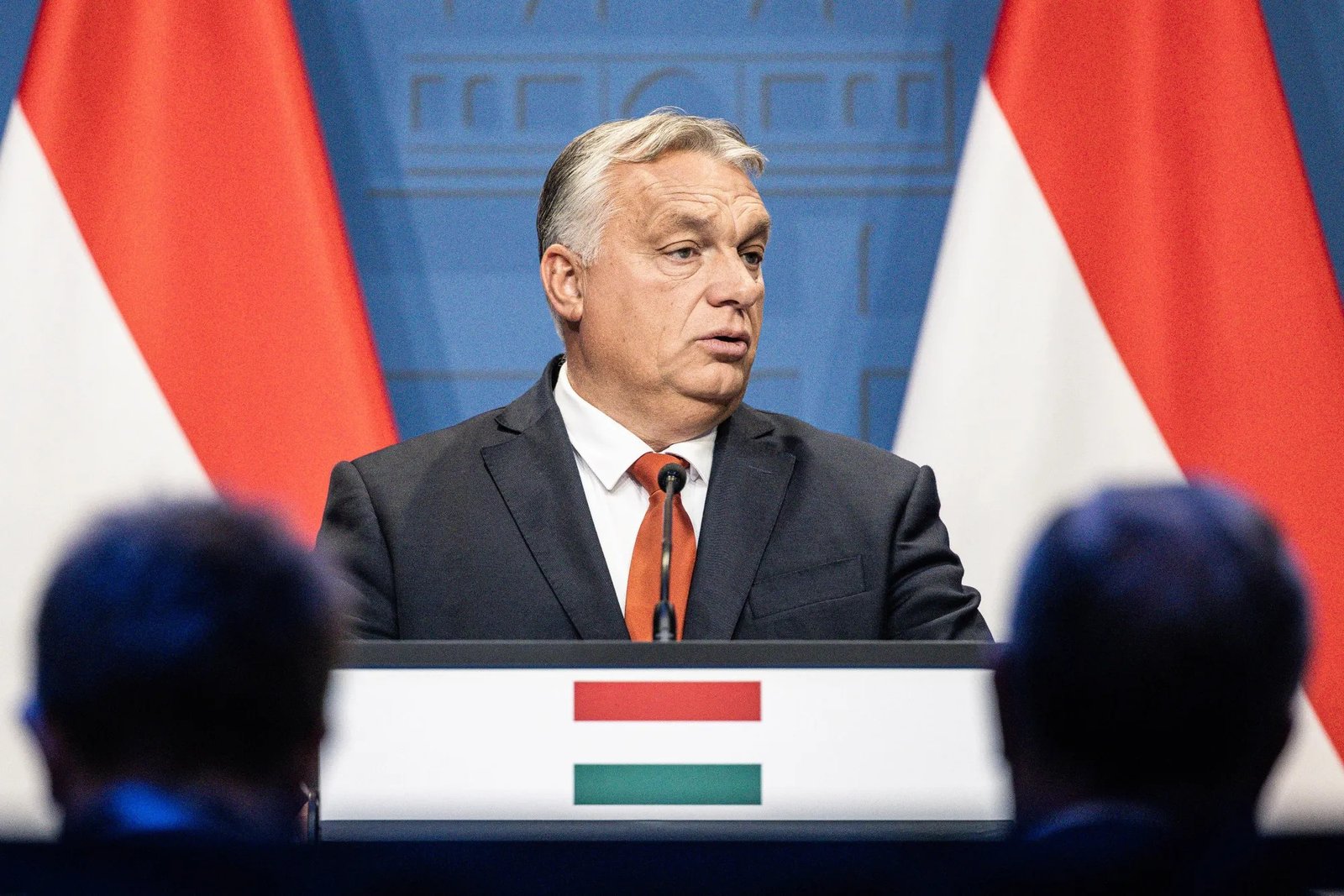June 1, 2025 marked a dramatic shift in modern warfare. In one of the boldest and most technologically advanced operations of the war, Ukraine carried out a massive drone attack on key Russian strategic aviation airbases. The mission, dubbed Operation “Web”, was reportedly coordinated personally by Security Service chief Vasyl Maliuk.
Drone Strikes from Trucks: A Tactical Revolution
Several high-value airbases were targeted—Olenya (Murmansk region), Belaya (Irkutsk region), as well as facilities in Dyagilevo, Ivanovo, and Sredny. What made this operation particularly unique was the launch method: drones were deployed from civilian freight trucks, far from the front lines. This allowed Ukraine to bypass conventional air defense systems and conceal preparations until the moment of attack.
According to a BBC source, over 40 Russian military aircraft were damaged, including Tu-95 and Tu-22M3 strategic bombers, and A-50 early warning planes. While these figures have not yet been independently verified, the fact that such a strike was successful has sent shockwaves through Russian military and political circles.
Military and Political Fallout
Operation “Web” quickly became one of the most talked-about events internationally. More than just a military strike, it symbolized a new phase of the conflict. Analysts have compared the impact to Mathias Rust’s 1987 landing on Red Square—a symbolic humiliation undermining faith in Russia’s security systems.
The use of civilian trucks as mobile launch platforms highlights critical vulnerabilities in Russia’s internal security. It reveals the uncomfortable reality that similar tactics could be used against other high-value targets, including the Kremlin or nuclear facilities. This signals a new kind of asymmetric, high-tech warfare—one that Russia appears ill-prepared for.
Irreplaceable Strategic Losses
The destruction of Russia’s strategic bombers is a devastating blow. These aircraft are no longer produced, and replacement parts are unavailable due to sanctions. Each damaged or destroyed Tu-95, Tu-22M3, or A-50 represents a permanent loss of military capability.
Unlike tactical vehicles that can be replaced over time, strategic aviation is a unique national asset, built over decades. Russia is not just losing machines; it’s losing air superiority and international leverage. These losses cannot be recovered—and they expose a growing weakness in the Kremlin’s long-term war strategy.
A Clear Political Message
Beyond the military impact, Operation “Web” carries a strong political message. Ukraine has shown it is capable of precise, innovative strikes deep within enemy territory. While Russia continues to rely on mass missile attacks and bloody infantry assaults, Ukraine is adapting to 21st-century warfare.
This also lays bare the incompetence of Russian security agencies such as the FSB and Interior Ministry. Despite having vast resources and personnel, they failed to detect or prevent a major attack launched with civilian technology. Public trust in the state’s ability to protect critical infrastructure may further erode.
Time for Dialogue, Not Escalation
These events make one thing clear: further escalation of the war only worsens Russia’s position. The underlying message is obvious—the war must end. Instead of repeating nuclear threats—now seen by many as empty posturing—Russia must engage in constructive diplomacy, such as the talks proposed in Istanbul.
If a simple truck-launched drone can expose deep flaws in national defense, then threatening the world with nuclear weapons becomes a dangerous bluff. Everyone seems to realize this—except perhaps the Kremlin itself.
Operation “Web” is more than a military event. It marks the shift to a new kind of warfare, where precision, mobility, and innovation trump brute force. Ukraine has proven it remains resilient and capable of striking at its enemy’s most sensitive points. Russia, on the other hand, has revealed its vulnerabilities, rigidity, and strategic decline. Without political will for negotiation, the next attack may cut even deeper.










